포럼뉴스
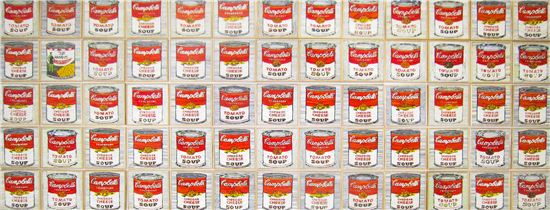 |
21세기 수많은 예술가들은 자국 문화와 유산을 분명히 존중하면서 동시에 혁신적인 새로운 형태를 발견하고, 소화하며, 전달하고자 고심한다. 이들은 전 시대 한국 현대주의자들이 사용한 예측가능한 표상 형태와 정적인 표현 아이디어를 벗어나고자 하는 욕망으로 가득 차 있다. 그렇다고 해서 이들이 서양 예술과 미학을 모방하고자 애쓴다는 것은 아니다. 일부의 경우에는 그것이 부분적으로 사실이기는 하지만 말이다. 전반적으로 젊은 한국 예술가들은 전통을 전진시키고, 좀 더 연관성이 크고 매력적이며, 상상과 과거 재해석에 개방적인 예술 접근법을 발전시키기를 원한다.
while clearly respectful of their culture and heritage, many artists who have emerged in the twenty-first century are struggling to discover, digest, and communicate innovative new forms. They are filled with desire to break through the predictable forms of representation and static ideas of expression used by Korean Modernists in former times. This does not imply they are looking to imitate Western art and aesthetics, even though, in some cases, this may be partially true. In general, younger Korean artists want to move their own traditions forward, to develop a more relevant and compelling approach to art, open to the imagination and to a reinterpretation of the past.
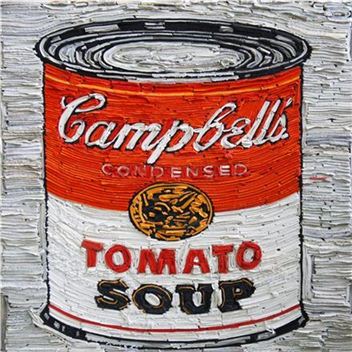 |
본인이 보기에 이승오가 바로 그와 같은 젊은 한국 예술가들 중 한 명이다. 본인은 그의 작품을 시대의 징후로 이해한다. 신라 시대로 거슬러 올라가는 한지 전통을 분명하고 인식하고 있는 이승오는 그의 작품을 한국적인 작품으로 규정하는 특성을 희생시키지 않으면서 종이 작업 컨셉에 밝고 계몽된 미래, 즉, 세계화 도래와 맥락을 같이하는 미래를 부여하고자 한다. 본인은 최근 그의 작품에서 아주 다양한 원천과 유사성을 지닌 징후들을 발견했다: 1960년대 미국 대중문화의 세속적인 아이콘, 잡지 광고, 한국의 전통적인 풍경, 불교 만다라, 무속 우주론 - 이들은 열린 동시에 도발적인 의미를 지닌 징후들이 융합된 형태를 띤다. 이승오는 앤디 워홀이나 로이 리히텐슈타인과 같은 팝 아티스트에서 가져온 이미지로 한국 풍경화에서 전통적인 나무 관점에 변화를 줄 것이다. 그 과정에서 강렬하게 조율된 그의 상상력을 통해 우주 수레바퀴가 재건될 것이다. 이들 작품에서 그는 최근 잡지나 기타 인쇄물에서 취한 단단한 종이 뭉치를 사용한다.
I believe that Lee, Seong-oh is one of these artists. I understand his work as symptomatic of an era. While clearly aware of the hanji tradition that reaches back to the Silla Dynasty, if not before, Mr. Lee wants to give the concept of paperwork a bright and enlightened future, one in keeping with the advent of globalization without necessarily sacrificing those traits that identify his work as being Korean. In his recent work, I discover signs with a wide variety of sources and affinities: secular icons from sixties pop culture in America, magazine advertising, traditional Korean landscapes, Buddhist mandalas, shamanist cosmologies-a conflation of signs where the meaning remains open, yet at the same time, provocative. Lee, Seong-oh will intersperse traditional views of trees in the Korean landscape with images taken from Pop artists, including Andy Warhol and Roy Lichtenstein. In the process, cosmic wheels are reconstructed through the artist’s keenly attuned imagination. In these works, the artist employs tightly bound wads of paper taken from recent magazines and other printed matter.
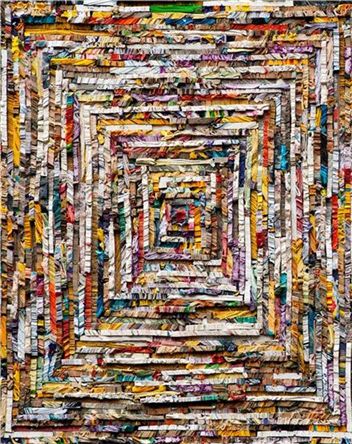 |
이와 같은 구성 종이 “콜라주”를 만드는 과정에서 그의 팔레트는 이미지의 원천보다는 형식적인 색깔 선택 즉, 빨강, 초록, 파랑, 노랑, 검정 및 흰색을 포함하는 색조 스펙트럼과 관련이 있다. 이승오는 캔버스 표면에 색을 칠하기 보다는 이들 종이 뭉치를 조합하여 반 고흐의 풍경화, 초상화, 꽃 및 그 외 프랑스 남부의 시골 풍경-반 고흐가 항상 그린 것은 아니지만 주제 및 스타일과 관련이 있는-을 재현해낸다. 더불어 그는 노르웨이 화가 에드바르트 뭉크의 유명한 “절규”는 물론 뭉크나 반 고흐의 초상화뿐만 아니라 수십 년 전 출판된 오랜 한국 농부들 사진들을 재해석할 것이다. 그는 1970년대 그의 멘토어 워홀과 마찬가지로 기업가, 사교계 명사 커플 및 유명인사가 주문한 초상화를 그리기도 할 것이다. 그의 최근 작품에서 워홀의 반복된 대중매체 이미지와 초상화 사용에 대한 그의 관심이 중요한 역할을 했다.
In the process of constructing these constructed paper “collages,”Lee’s palette is less concerned with the source of imagery than with the formal choice of color ? namely, the spectrum of hues, including red, green, blue, yellow, black and white. Rather than paint the surface of a canvas, Lee bundles these wads of paper together to create reproductions of Van Gogh’s landscapes, portraits, flowers, and other rustic scenes from southern France? not always painted by the Dutchman, but in reference to his subject matter and style. In addition, Lee will reinterpret the Norwegian artist Edvard Munch’s famous painting, The Scream, along with portraits taken not only from Munch or Van Gogh, but also from old photographs taken of Korean field workers published decades ago. In some cases, Mr. Lee will accept commissioned portraits of entrepreneurs, socialite couples, and celebrities, not unlike his mentor Warhol in the decade of the seventies. His interest in Warhol’s use of repeated mass media imagery and portraiture has played a major role in his recent work.
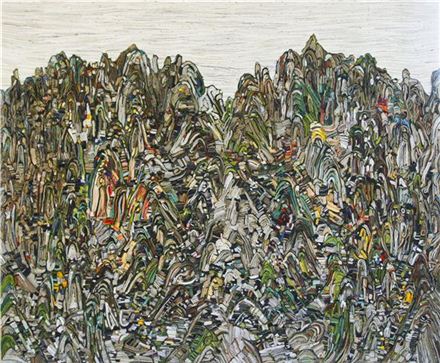 |
모듈 진행에서 기호의 반복은 워홀-1960년대 브릴로 상자와 수프 깡통-이 자주 사용한 개념으로서 뉴욕 산업 또는 분리 광고에서 미니멀 아트와 개념 미술 출현에 어느 정도 영향을 미쳤다. 이승오의 작품에서 종종 사각형 모듈 형태로 진행되는 반복은 영화와 만화책 초상화와 다른 추상적 요소에 리드미컬한 구두점을 제시한다. 이와 같은 반복은 기호 구성 내에 포함되어 이항된 의미 형태를 암시하는 것인지도 모른다. 이승오는 서양과 동양 매체 간 이해를 도모하는 방식으로서 이와 같은 모듈 요소 출현에 관심이 있는 듯 보인다. 그의 작품은 팝아트에서부터 다양한 형태의 표현주의에 이르기까지 주로 서양 문화에서 발견되는 익숙한 예술계 기호들의 해체를 강조한다.
The repetition of signs in a modular progression is a concept used frequently by Warhol ? as in the Brillo Boxes and Soup Cans in the early sixties - and probably, to some extent, influenced the industrial or detached advertising appearance of both Minimal and Conceptual art in New York. In the work of Lee Seong-oh, the repetition ? often in a modular square format?offers a rhythmic punctuation to film and comic book portraiture and other abstract elements. The repetition may allude to forms of transposed meaning contained within the syntax of the signs. Here I would suggest that Lee is interested in the appearance of these modular elements as a way of generating an exchange of understanding between Western and Eastern media. His work emphasizes the deconstruction of familiar art world signs found largely in Western culture, ranging from Pop art to various forms of Expressionism.
▲Robert C. Morgan, Ph.D. is Professor Emeritus in Art History at the Rochester Institute of Technology. He is a painter, curator, international critic, and lecturer, who writes frequently on the work of Korean artists.
▲글= Robert C. Morgan, Ph.D. 로체스터 공과대학 예술사 교수이다. 그는 또한 화가, 큐레이터, 국제 비평가 및 강사로서 한국 예술가의 작품에 대한 글을 종종 쓰고 있다.
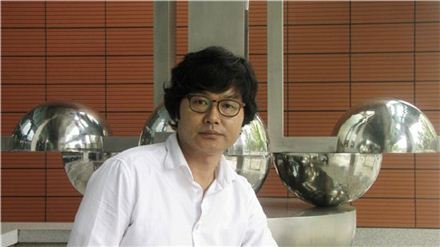 |
◇이승오
중앙대 예술대학 회화학과 및 일반대학원 서양화학과 졸업했으며 갤러리 K, 관훈갤러리, 토탈미술관 등의 개인전과 신소장품전(국립현대미술관) 등 다수의 그룹전에 참여했다.
◇Lee Seung-oh graduated from Chungang University College of Fine Arts Department of Painting and Graduate Schoolof Western Painting. He held solo exhibits at Gallery K, Gwanhun Gallery and Total Art Museum, while also participating in a number of group exhibits such as the New Collection Exhibit (National Museum of Contemporary Art).
이코노믹 리뷰 권동철 기자 kdc@
<ⓒ 이코노믹 리뷰(er.asiae.co.kr) - 리더를 위한 고품격 시사경제주간지, 무단 전재 및 재배포 금지>



